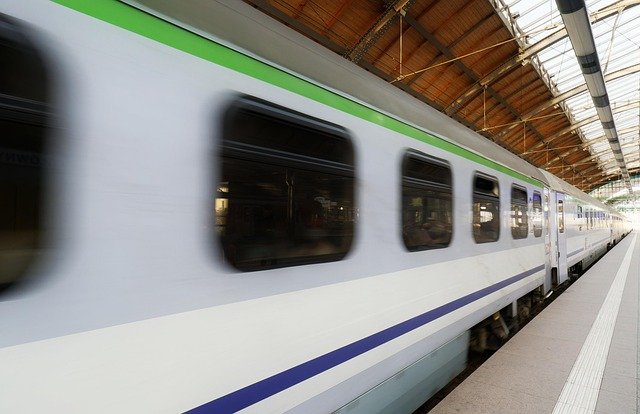Guide to coordinating multimodal routes for efficient door-to-door journeys
Coordinating multimodal routes helps people and goods move seamlessly across different transport modes, from mass transit and rideshare to shuttle and last-mile options. This short guide explains how to plan an itinerary that balances connectivity, scheduling, ticketing, and fare considerations to deliver efficient door-to-door journeys.

Coordinating multimodal travel means combining different transport modes—public transit, shuttle, rideshare, bike, and walking—into a single, efficient itinerary. A clear approach reduces transfer time, improves connectivity, and makes commutes or airport transfers more predictable. Successful coordination factors in scheduling windows, route choices, transfer distances, ticketing rules, and contingency planning for delays. By focusing on passenger experience and practical logistics, planners and travelers can turn a complex set of legs into a smooth door-to-door journey.
Mobility planning and connectivity
Effective mobility planning begins with mapping connectivity between modes. Identify transfer points where transit stops, shuttle pickup zones, and rideshare waiting areas are clustered. Connectivity improves when walking distances are minimized, shelters or indoor concourses are available, and real-time information is shared across providers. Consider how physical infrastructure—bike lanes, curbside pickup zones, and clear signage—affects the ease of switching modes. Prioritizing high-connectivity nodes reduces uncertainty and shortens overall travel time.
Itinerary design and scheduling
An itinerary should reflect reliable scheduling and realistic buffers. Use transit timetables and shuttle run frequencies to create planned departure and arrival windows, and add margin for typical delays during peak commute periods. Scheduling tools can suggest alternate routes if a connection is missed, and combining fixed-schedule services (like trains) with on-demand options (such as rideshare) requires explicit timing rules. Well-designed itineraries also incorporate the passenger’s tolerance for transfers and walking distances.
Managing lastmile and shuttle options
Lastmile solutions bridge the gap between central transit hubs and final destinations. Shuttles, microtransit, bikes, scooters, and short rideshare legs each play a role depending on local density and demand. Shuttles are useful for predictable corridors or airport connections, while on-demand rideshare can adapt to dispersed destinations. Assessing curb access, load/unload times, and luggage handling for airport passengers helps determine which lastmile option best complements the main route.
Integrating transit, rideshare, and airport transfers
Airport travel often requires careful coordination between long-haul transit and short on-demand legs. Align flight arrival times with transit schedules or shuttle checkpoints and factor in security and baggage handling time when planning connections. Rideshare can fill gaps where transit doesn’t reach, but policy and curbside regulations at airports affect pickup points. Communicate clear meeting locations and allow buffer time in the itinerary for variable conditions at busy terminals.
Route optimization and fare and ticketing coordination
Optimizing a multimodal route balances travel time, cost, and convenience. Ticketing and fare systems can either simplify or complicate journeys; integrated ticketing (single-ticket or account-based payments) improves the passenger experience by removing multiple purchase steps. When integrated fares aren’t available, plan for separate ticketing steps and ensure passengers understand fare boundaries and transfer discounts. Route optimization tools can suggest combinations that minimize transfers or fare costs while maintaining acceptable travel times.
Logistics, commute patterns, and real-world considerations
Understanding commute patterns and logistics constraints is essential for dependable door-to-door planning. Peak-period congestion, vehicle capacity limits, and local regulatory requirements (curb access, passenger drop-off rules) influence feasible routing. For regular commutes, leverage historical on-time performance and habitual schedules to define reliable connections. For one-off trips, emphasize contingency: alternate routes, flexible pickup points, and clear itinerary updates via mobile notifications. Monitoring and post-trip feedback loops help refine logistics for future trips.
Conclusion Coordinating multimodal routes is a practical blend of planning, technology, and on-the-ground knowledge. Focus on connectivity, realistic scheduling, and clear ticketing arrangements to create dependable door-to-door journeys. With attention to lastmile solutions and route optimization, both individual travelers and planners can reduce friction across transfers and improve overall travel reliability.





